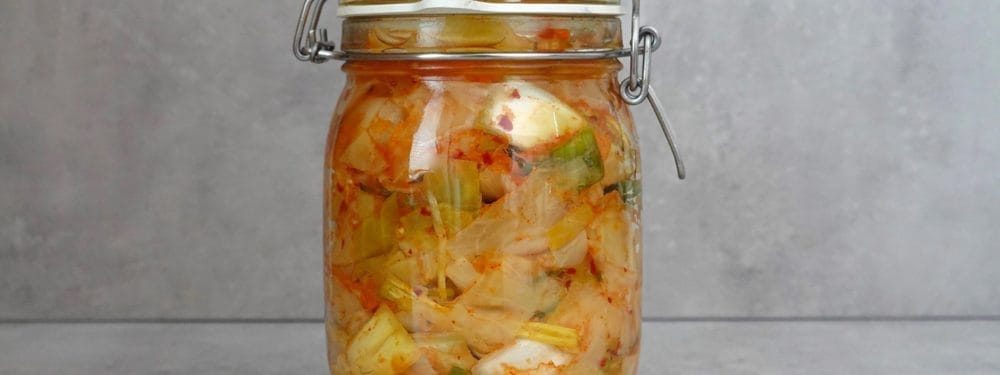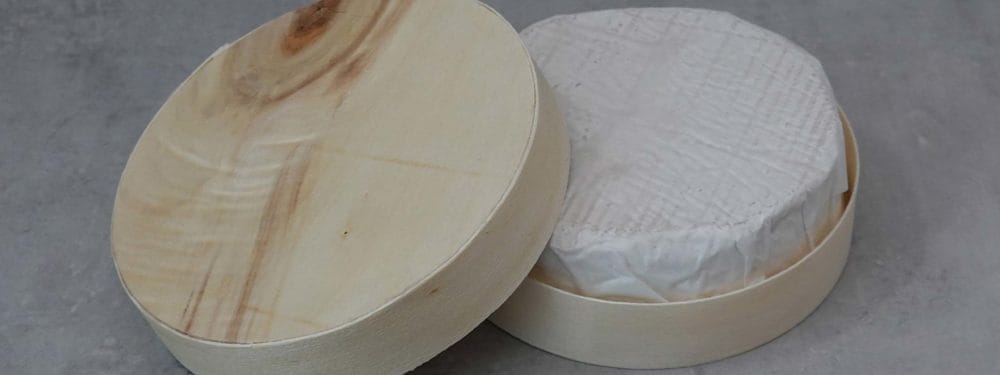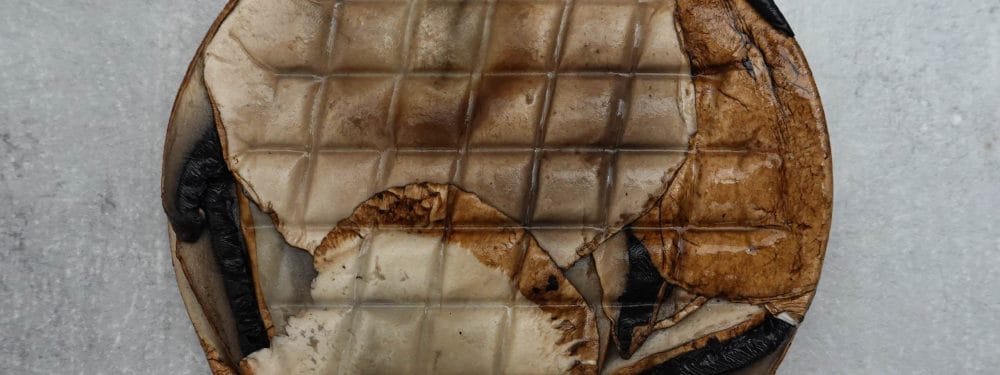A mushroom for more flavor
Having successfully made vegetable sausage, we are now TEAM KOJI and ready for more experiments. After the rather unusual use with vegetables, we now consider some very classic preparations. This is because koji, or the mold Aspergillus oryzae, is the basis for some important preparations in Japanese cuisine. Miso or soy sauce is traditionally made with it.
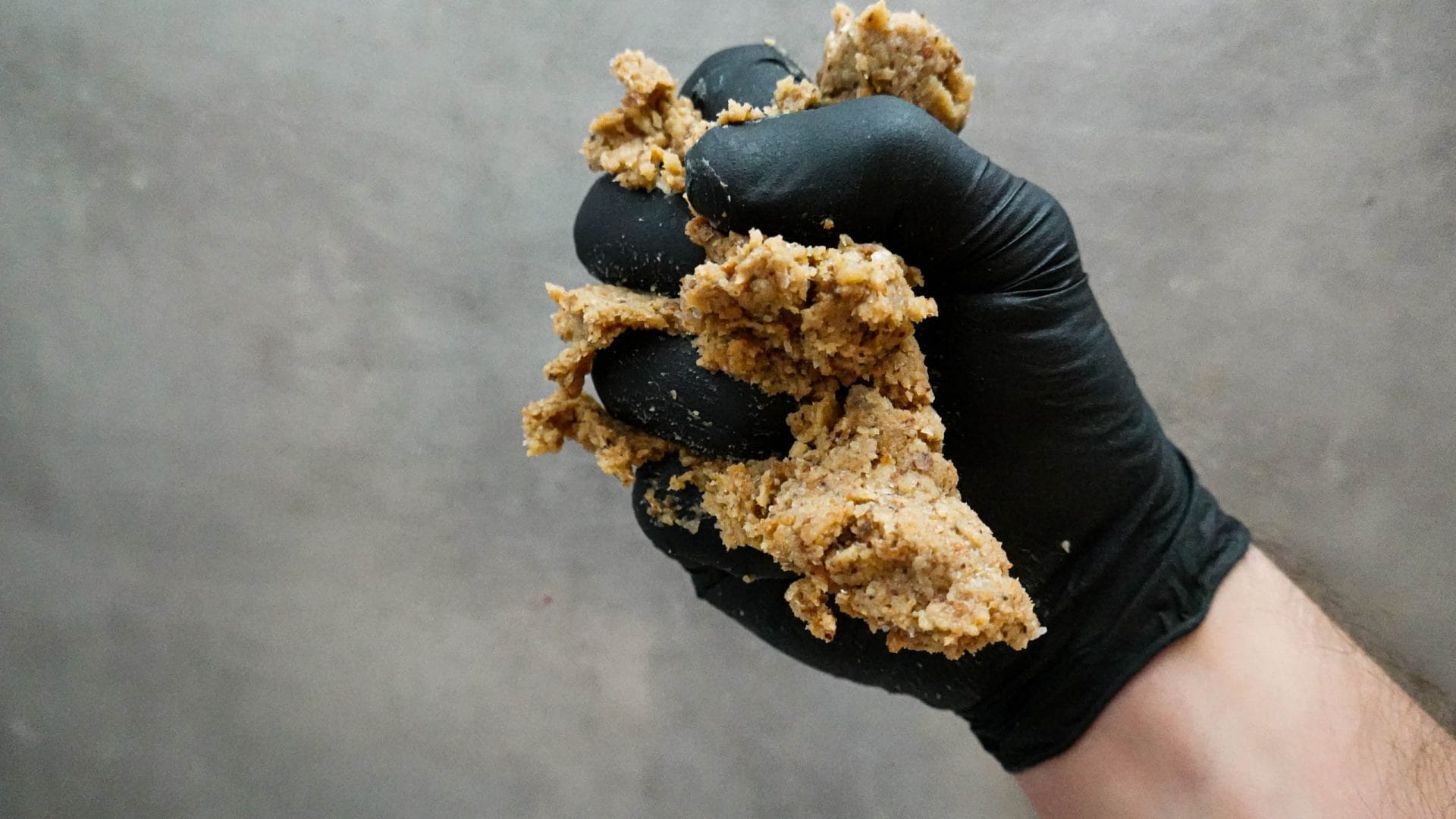
Rice or soy is used for this purpose. We take our cue from Europeanized versions; Noma uses barley or yellow peas, for example, but basically follows Japanese models in terms of technique.
The goal here is to get a different flavor that has depth but does not directly resemble Asian cuisine. In the case of soy sauce, this is not so easy. René Redzepi and David Zilber report that due to the transformation processes, their attempt to produce Nordic soy sauce failed, because even when using typical Nordic ingredients, the result was rather typical Asian, the basic ingredients could not prevail in terms of taste.
But it is different with miso paste, here the ingredients come to taste. Miso can be made from Nordic ingredients, with its own character without resembling Asian cuisine. This is exactly the aspect we are also interested in.
About the procedure:
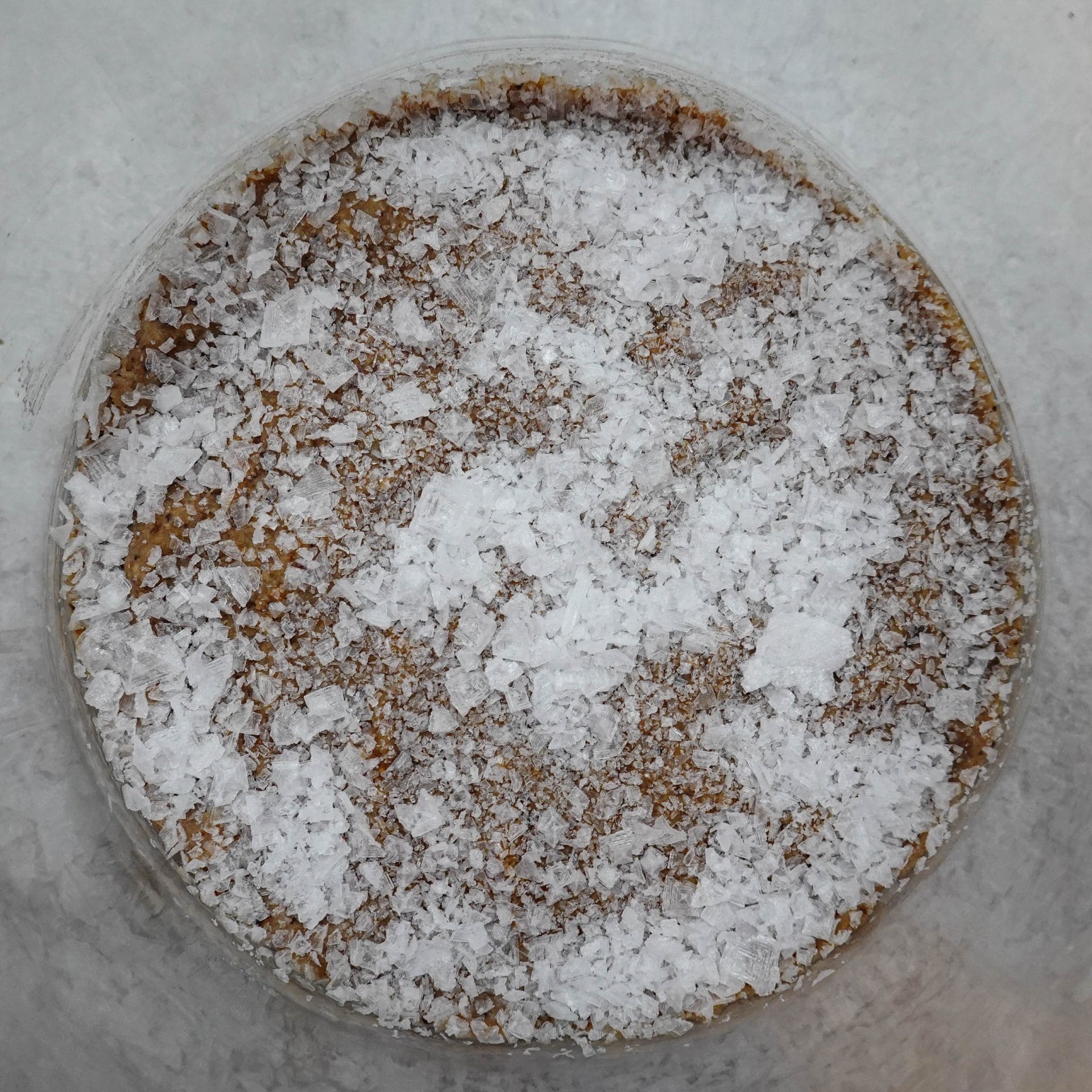
First, coypod spores are grown on steamed grain (starch is important).
For Shio Koji, the finished (grain) Koji i.e. “moldy grain” is mixed with water and salt and blended, ready to make an aromatic paste that can be used as a marinade or condiment.
For miso, the koji is mixed with crushed and cooked soybeans or just peas and salt, blended and then fermented together.
As a by-product, a flavor-intensive liquid settles during the final fermentation, tamari a kind of preversion of classic soy sauce, which, however, has a product-typical characteristic and thus, in the case of Noma, can also be used in Nordic cuisine.
For soy sauce (shoyu), the mold is grown directly on a mixture of cooked soybeans and roasted, coarsely ground wheat and fermented in a brine.
Miso my miso
We are now trying our hand at different miso variations. Miso can be compared to cheese or wine in the variability and complexity of flavors and aromas that result from aging. A spectrum still largely unknown to many in Europe. And we, too, encounter this fascinating product quite cluelessly but full of curiosity.
OKI KOJI
For our koji batch, we choose commercially available pearl barley. We soak these in water for four hours. The ratio of pearl barley and water is 1:2. This gives the pearl barley enough time to soak up enough water. At the end of the four hours, the water has become slightly turbid. Part of the starch has dissolved and the pearl barley has doubled in volume. We drain the pearl barley for a few minutes and then put it in thin layers in a bamboo basket.
This we put on a pot of boiling water. Thus prepared, we steam the pearl barley for 10 minutes. We then spread them out on a sterile tray and allow them to cool to 23 °C. Now comes the soba koji we sourced from mimiferments. The pearl barley must be inoculated with the fungus. We do this with a sieve. We pour the buckwheat over the fine mesh sieve, releasing a fine dust, koji spores. The spores are so fine that they spread throughout the room and there is a smell of the fungus everywhere: there is noble mold in the air! However, the majority ends up on the pearl barley. We put the infected pearl barley in a shallow container and place it in our fermenter.
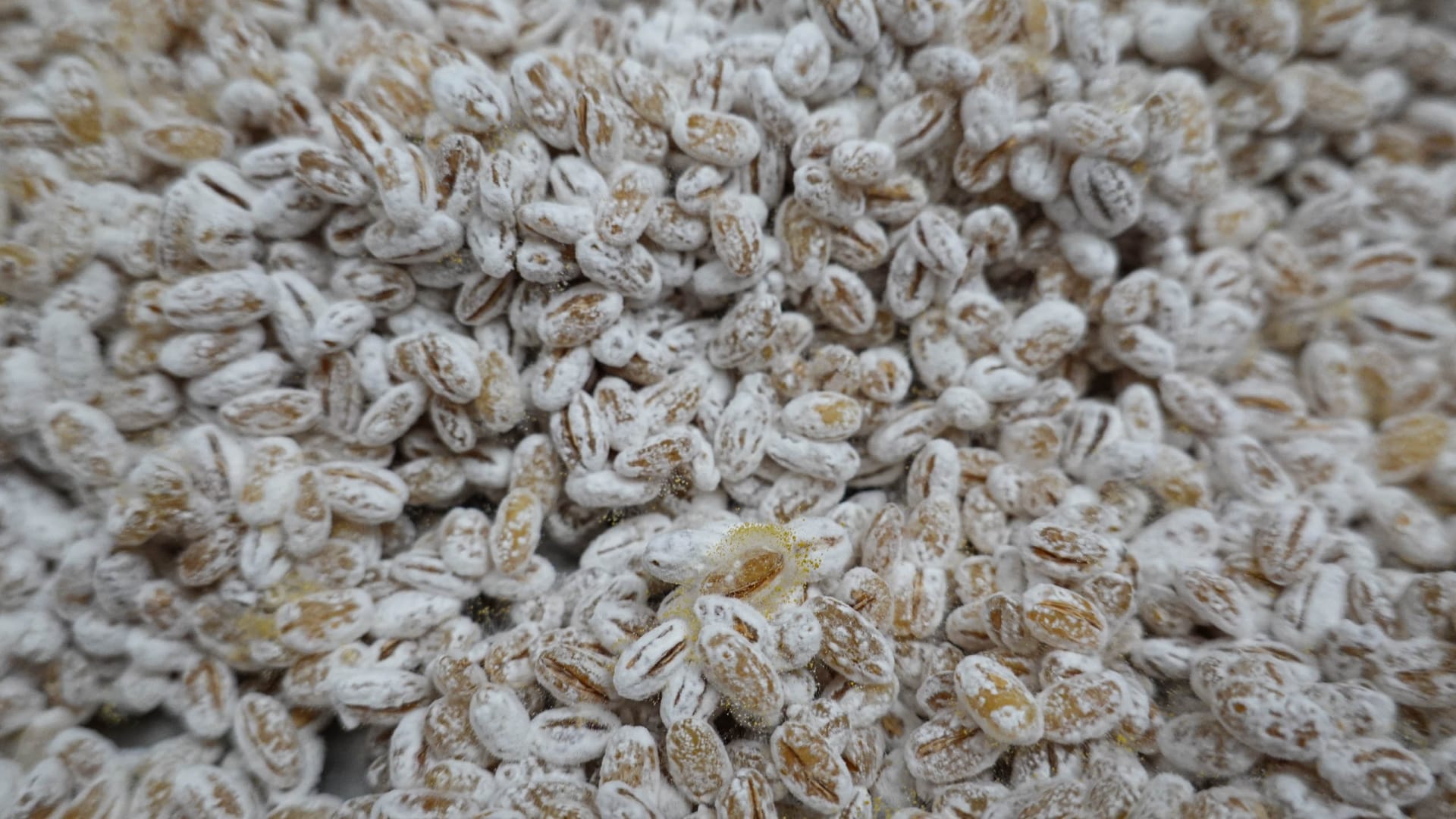
When growing such mushrooms, it is very important to provide the mushroom with an optimal environment. With good sanitation and controllable conditions, chances are highest that only the molds that are desired will grow. Good and reliable equipment can help. The fermenter ensures us the optimal conditions: 48 hours at a constant 31 °C with 80% humidity. The spores can thrive optimally and lay evenly over the pearl barley. After 24 hours, we mix the barley once completely and draw three grooves lengthwise for better circulation, heat distribution and more surface area. After 48 hours we can admire the finished mushroom carpet.
Nuclear power, yes please….
We use one part to prepare pumpkin seed miso, and the other part we process into shio koji. For this we mix the pearl barley koji with water and salt. Ready!
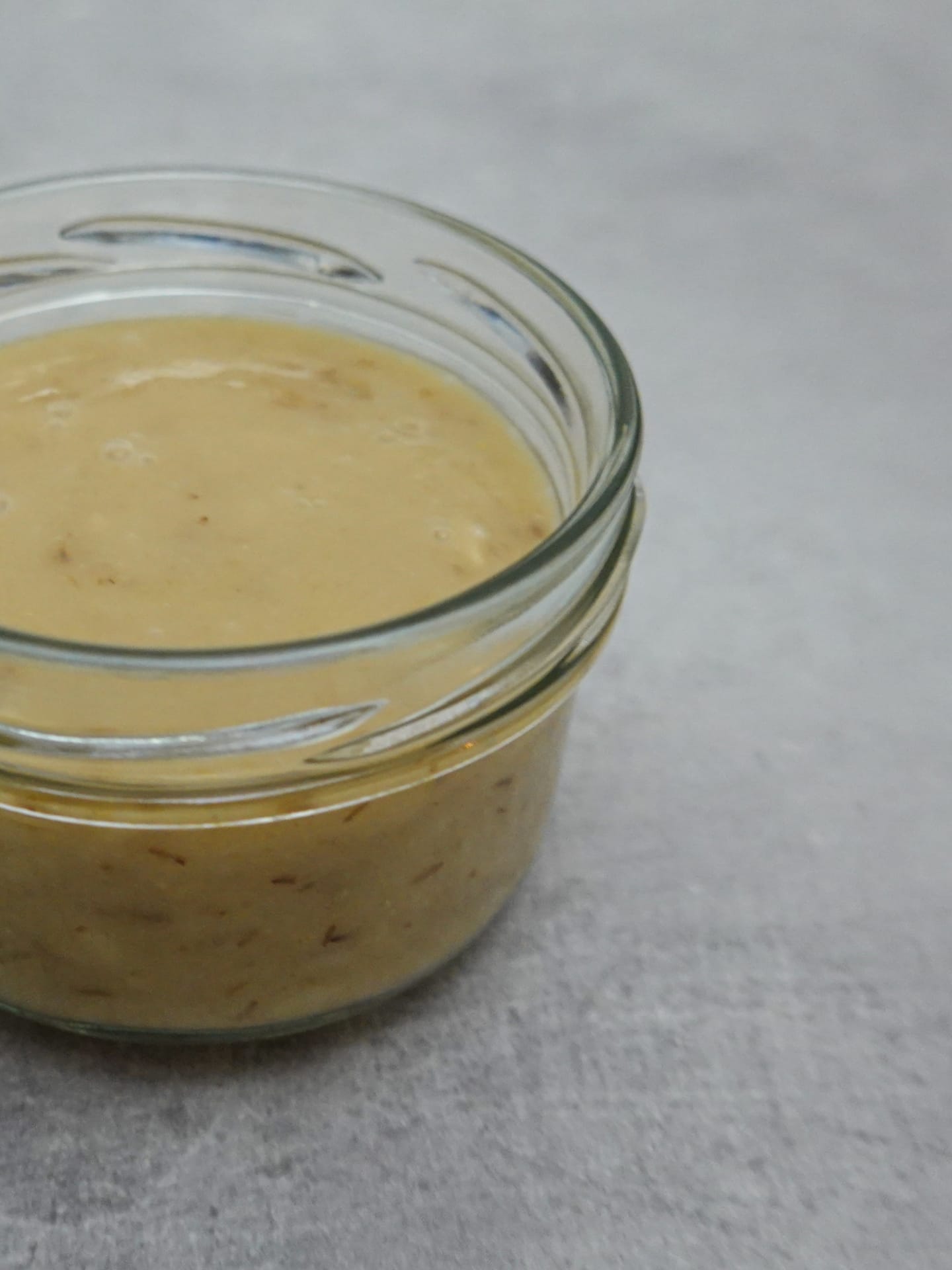
For the pumpkin seed miso, we roast pumpkin seeds in the oven. This gives them a very nutty, caramel note. We then let the kernels cool down and listen to the little kernel symphony: it crackles and crunches for quite a while. We then blend the seeds into small pieces and add the pearl barley koji and blend everything again. We add salt to the mass and adjust the consistency with a 4% brine. A good miso paste is slightly moist, but only moist enough to be easily whipped into the fermentation jar. We press the mass into the jar, smooth the surface and sprinkle the surface with a layer of salt to prevent unwanted mold. Now we cover with cling film. As a weighting we use a bag of water. In the further process will secrete liquid (Tamari! We do not condemn anyone who calls it black gold) by weight the paste remains under the liquid.
Old bread, new taste
For the second miso, we use sourdough bread. We cut the bread into coarse cubes and mix them into granules. The shio koji mushroom needs a certain amount of moisture to grow. To provide him with this, we steam the bread for 5 minutes, spread it on a sterile tray and let it cool here to 23 °C. Now the soba koji comes into play again. Like the pearl barley, the bread must also be inoculated. (This miso, like shio koji, consists of only one main ingredient on which directly the maturation takes place). This is done again with the sieve technique. The bread is now placed in the fermenter for 48 hours at a constant 31 °C with 80 % humidity until a visible layer of mold has grown again. After the 48 hours, we mix the inoculated bread and salt to a fine paste and adjust the consistency again with a 4% brine. The rest of the procedure is the same as for the pumpkin seed miso.
We will observe the jars and in four weeks we will see or taste how the fermentation has affected.
